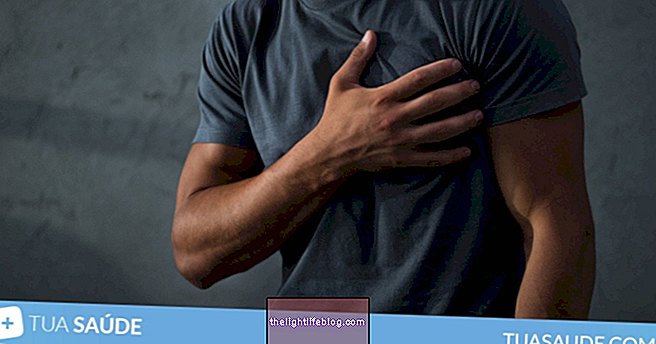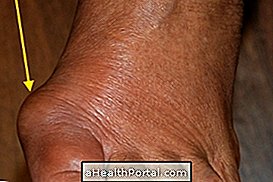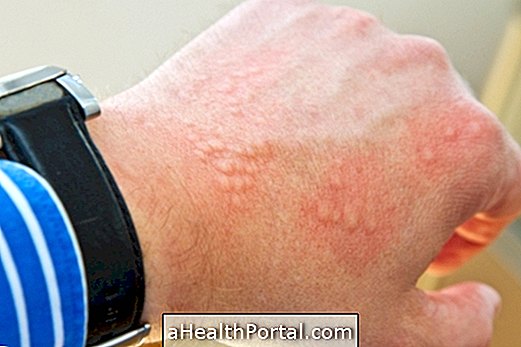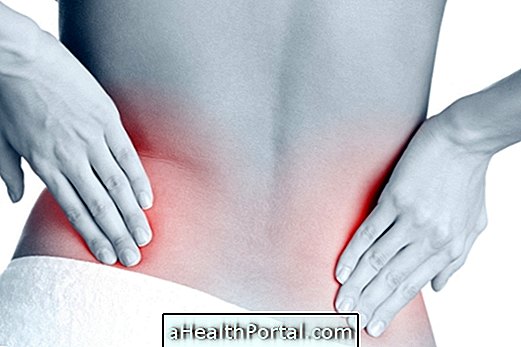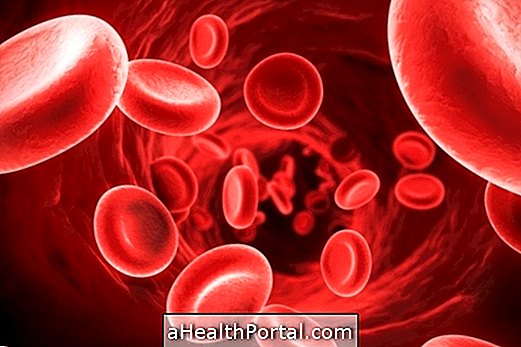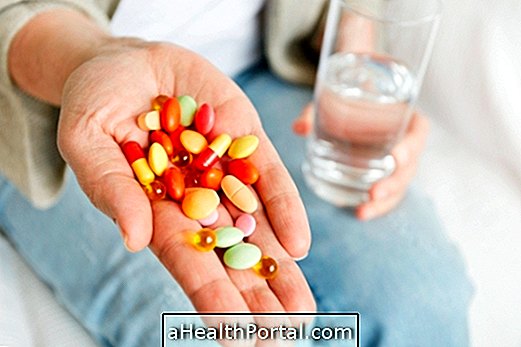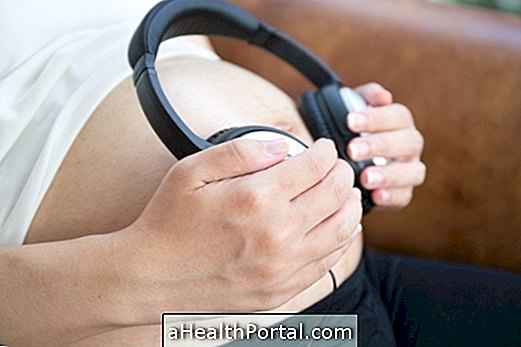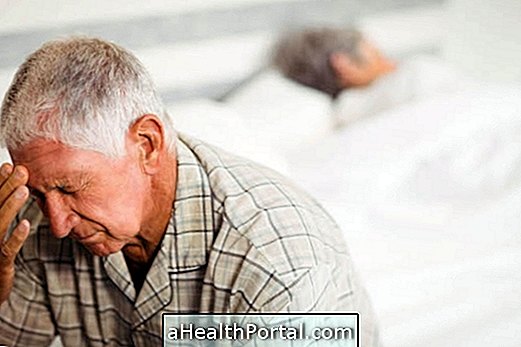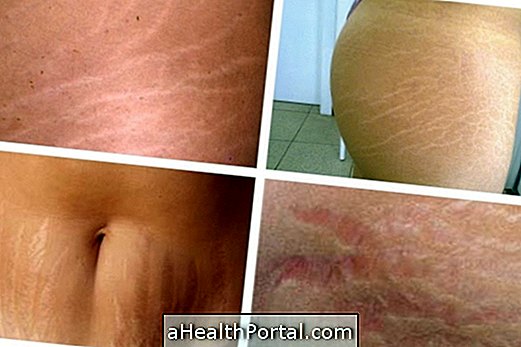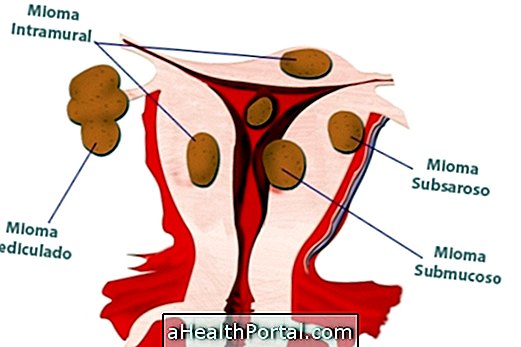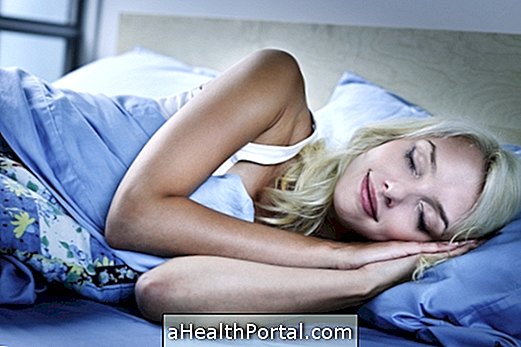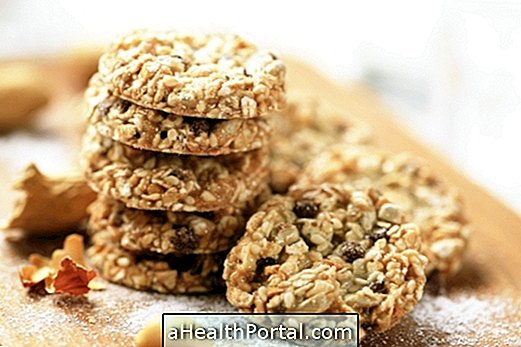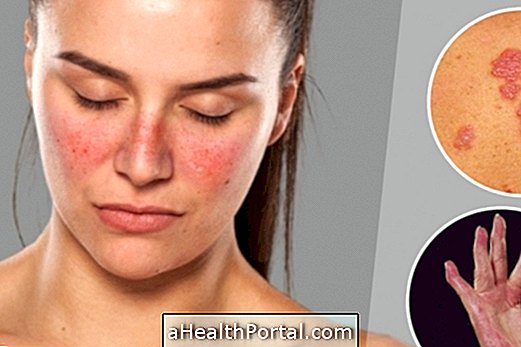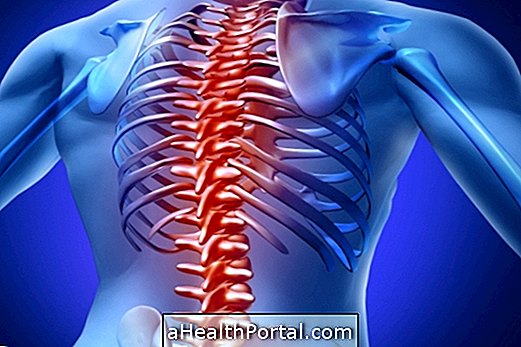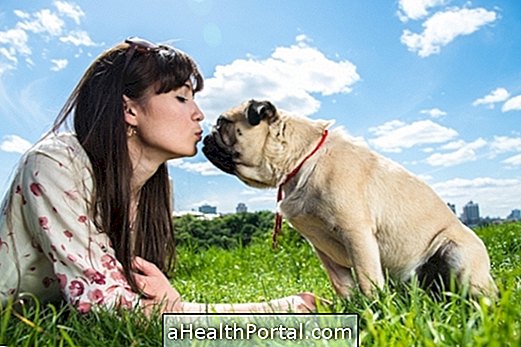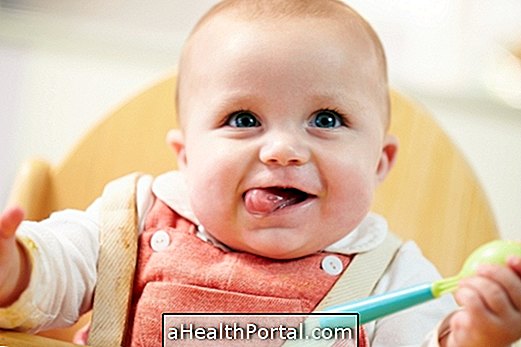Symptoms of chicken pox usually appear up to 20 days after contact with someone with the disease, with small round bubbles filled with fluid and itching of the skin.
At first, the first symptoms are usually the low fever, around 38ºC, and the appearance of several small blisters on the side of the abdomen. After the first day, these blisters spread and begin to appear on the face, scalp and legs and spleen, where they appear less. Other symptoms of chickenpox are lack of appetite and general malaise, which can make the child tired and unwilling to play or even more agitated, as if she were uncomfortable, but for no apparent reason.
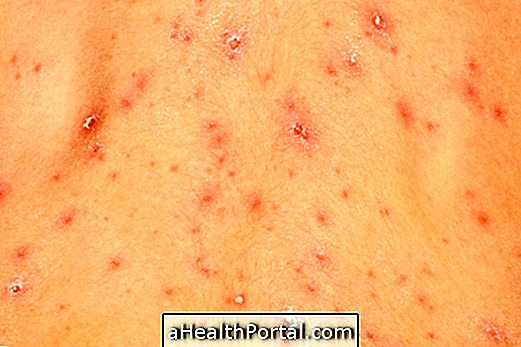
In addition, the blisters of chickenpox may be present in different stages and therefore, it is common to check for blisters with liquid, while others are already healing, with crust. As long as the blisters are fluid, the patient can contaminate others and should not go to school or work.
The symptoms of chickenpox in the baby are the same as those mentioned above, however cough and nasal discharge may also occur before the appearance of the blisters. In infants less than 1 year old, the symptoms are usually mild, causing only a few skin wounds.
What is potato peel
Chickenpox, also called chicken pox, is a disease caused by the highly contagious Varicella zoster virus, which manifests itself through red patches of the body and intense itching. Your treatment is done in order to control the symptoms.
Chickenpox affects, especially, children, but can affect individuals of all ages, in this case, more severe.
Diagnosis of chicken pox
The diagnosis of chicken pox is made by the general practitioner or pediatrician from the evaluation of the symptoms presented, of the blisters in the body and, if necessary, he can also ask for a blood test to confirm the infection.
Photos from chicken pox


Treatment for chicken pox
Treatment of chicken pox is usually done to control symptoms. Your doctor may give you the following care:
- Take Paracetamol to reduce fever;
- Use an antiallergic ointment, such as Polaramine, on wounds to relieve itching;
- Apply Povidine in the blisters to prevent infection and facilitate the healing of the blisters;
- Take 2 or 3 baths daily with cold water and a soap with calamine, which will calm the itching;
- Cut the nails very short to avoid aggravating the lesions on the skin;
- Wash your hands 3 times a day with an antiseptic soap such as Protex, for example;
- Avoid salty and acidic foods if there are wounds inside the mouth.
Some doctors recommend bathing with potassium permanganate to keep the skin clean, free of microorganisms and to help heal pox wounds.
In cases of people with weakened immune systems, such as pregnant women, HIV patients and during cancer treatment, the doctor may recommend the use of the anti-viral Aciclovir to help the immune system eliminate the virus from the chicken pox more quickly. See examples of Home Remedies for Chickenpox.

Contagion and prevention of chicken pox
The contagion of chickenpox occurs through:
- Contact with saliva droplets, coughing or sneezing of the contaminated individual;
- Direct contact with the wound fluid.
The individual can transmit the chickenpox to others about 1 to 2 days before the eruption until all the blisters are already crusted. In this period one should keep distance from others and not attend schools, workplaces or malls, cinemas or churches, for example. Here's how to get your child's chicken pox.
Whoever has had chicken pox once is protected against the disease and can not get chicken pox again. However, in some cases contact with an individual with chickenpox may lead to the development of shingles if the individual is compromised immune system, as in AIDS and cancer treatments, for example.
Possible Complications of Chicken Pox
The most common complication of chicken pox is one of the blisters infecting, causing pain, swelling and redness around the wound, as shown in the last image.
One of the blisters of the chicken pox may be suspected to be infected when it takes a long time to heal, it looks wet when it is already out of the "cone" and the region around it becomes swollen, red and hardened. In this case, the doctor may indicate the ingestion of an antibiotic such as Amoxicillin for 8 days.
Generally, this complication occurs when the child removes the cone and the place is not properly cleaned. Other possible complications of chicken pox are:
- Encephalitis;
- Pneumonia;
- Reye's syndrome;
- Myocarditis;
- Transient arthritis;
- Cerebellar ataxia.
These complications may arise when the individual scratches the skin or develops the most severe form of the disease, has a compromised immune system and has not been treated with antivirals when necessary.
Chicken pox vaccine
The chicken pox vaccine attenuates the virus and prevents the most severe form of the disease. Thus, if the individual is vaccinated and takes the chickenpox, it will develop a very mild form of the disease, presenting even fewer typical blisters of chicken pox, which is not even diagnosed at all.
The vaccine can be given from 1 year of age to everyone in good health who has not yet been infected with the virus.
The chickenpox vaccine is part of the basic immunization schedule for children, is offered by SUS and must be taken at 15 months of age.

